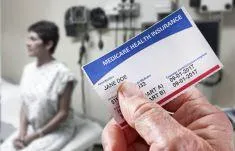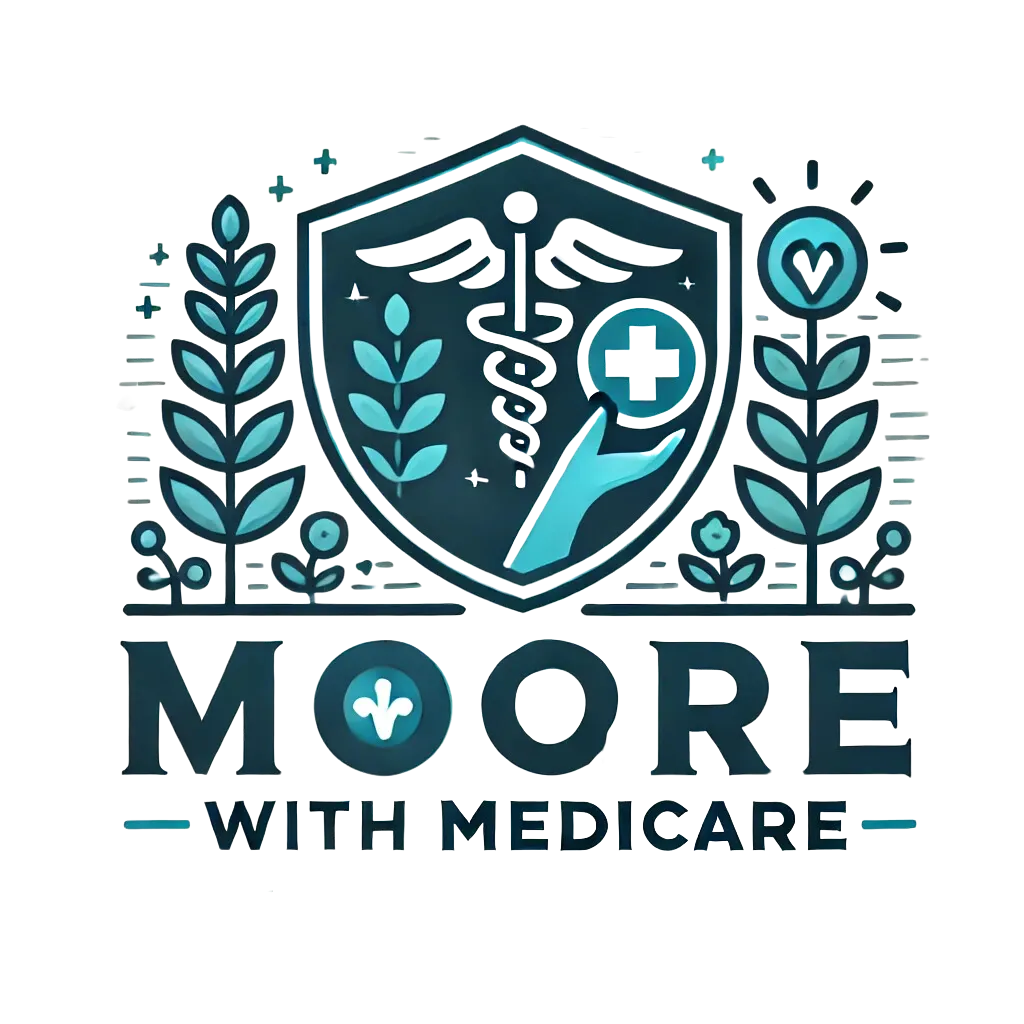WELCOME TO MEDICARE 101

What is Medicare?
Medicare is a federal health insurance program primarily for people aged 65 and older, but it also covers younger individuals with certain disabilities. It helps with the cost of healthcare but does not cover all medical expenses or the cost of most long-term care.
Key Features of Medicare in California:
Broad Coverage: Medicare helps cover costs associated with hospital stays, medical procedures, prescription drugs, preventive services, and more. It is divided into four parts, each covering different aspects of healthcare.
Regulated by Federal Law: While Medicare is a federal program, it operates within the state of California under the oversight of the Centers for Medicare & Medicaid Services (CMS). This ensures consistent application of its benefits and rules across all states.
Accessibility: Medicare is accessible to all eligible Californians. Whether you live in a bustling city like Los Angeles or a quiet town in rural California, you have access to Medicare benefits.
Support with Prescription Drugs: California residents can also benefit from Medicare Part D to help cover the costs of prescription medications, which is crucial for managing health conditions.
Medicare Advantage Plans: Californians have the option to enroll in Medicare Advantage plans offered by private insurance companies approved by Medicare. These plans often provide additional benefits, such as dental, vision, and hearing coverage, which go beyond the standard Parts A and B.
Why It Matters for Californians: As healthcare costs continue to rise, Medicare provides a crucial safety net for older adults and those with disabilities, ensuring they do not face these challenges alone. Additionally, California's diverse and aging population makes it even more important for residents to understand and effectively use their Medicare benefits to maintain their health and well-being.
The Different Parts of Medicare

Medicare Part A
(Hospital Insurance)

Medicare Part B
(Medical Insurance)

Medicare Part C
(Medicare Advantage)

Medicare Part D
(Prescription Drug)
FAQ's
What are the different parts of Medicare?
Medicare is divided into four parts: Part A (Hospital Insurance), which covers inpatient hospital stays and skilled nursing facility care; Part B (Medical Insurance), which covers outpatient services, such as doctor visits and preventive services; Part C (Medicare Advantage), an alternative to Original Medicare that often includes additional benefits like dental, vision, and hearing; and Part D (Prescription Drug Coverage), which covers the costs of prescription medications.
What are Medicare advantage plans?
Medicare Advantage plans, also known as Medicare Part C, are an alternative way to receive your Medicare benefits. These plans are offered by private insurance companies approved by Medicare and provide all of Part A (Hospital Insurance) and Part B (Medical Insurance) coverage.
Here are some key points about Medicare Advantage plans:
Comprehensive Coverage: Medicare Advantage plans often include additional benefits not covered under Original Medicare, such as dental, vision, hearing, and sometimes wellness programs and gym memberships. Many plans also include Medicare Part D, which covers prescription drugs.
Different Plan Types: There are several types of Medicare Advantage plans available, including Health Maintenance Organization (HMO) plans, Preferred Provider Organization (PPO) plans, Private Fee-for-Service (PFFS) plans, and Special Needs Plans (SNPs) that cater to specific groups of people, such as those with certain chronic conditions.
Out-of-Pocket Costs: While these plans may have lower premium costs than Original Medicare, they also have set out-of-pocket costs for hospital stays and doctor visits. These costs vary depending on the plan, provider, and services used.
Network Restrictions: Most Medicare Advantage plans require you to use healthcare providers and facilities that are part of the plan’s network and service area. However, PPO plans allow for more flexibility, letting you see providers outside of the network at a higher cost.
Enrollment Periods: You can enroll in a Medicare Advantage plan during the initial enrollment period when you first become eligible for Medicare, during the annual enrollment period from October 15 to December 7, or during the Medicare Advantage Open Enrollment Period from January 1 to March 31 each year.
Medicare Advantage plans can be a good choice for those looking for all-in-one coverage and who are comfortable with network restrictions and predictable out-of-pocket costs. It's important to compare different plans and understand their specifics regarding coverage, costs, and network rules to choose the best plan for your health needs and budget.
When can I enroll in Medicare?
You can enroll in Medicare during the Initial Enrollment Period, which begins three months before you turn 65 and ends three months after your 65th birthday. There are also Special Enrollment Periods for those who may be covered by a current employer’s health plan beyond age 65, and a General Enrollment Period from January 1 to March 31 each year if you missed your Initial Enrollment.
Do I need Medicare if I’m still working and have employer health insurance?
You may not need to sign up for Medicare at 65 if you have health insurance through your employer. However, it is important to sign up for Medicare Part A, which is premium-free for most people, as it may cover some costs not included in your employer's plan. Consult with your HR department or a Medicare advisor to understand how your current insurance works with Medicare.
What does Medicare not cover?
Medicare does not cover everything. Items and services not covered include long-term care, most dental care, eye examinations related to prescribing glasses, dentures, cosmetic surgery, acupuncture, hearing aids and exams for fitting them, and routine foot care.
How much does Medicare cost?
The cost of Medicare varies based on the coverage you choose. Part A is usually free if you or your spouse paid Medicare taxes for a certain amount of time. Part B has a standard monthly premium of $174.70, which could be higher based on your income. Medicare Advantage Plans (Part C) and Prescription Drug Plans (Part D) premiums vary by plan. Additionally, there may be deductibles and co-pays depending on the services used.
Can I change my Medicare coverage?
Yes, you can change your Medicare coverage during specific times of the year. The Annual Enrollment Period from October 15 to December 7 allows you to change, add, or drop Medicare health or drug plans, with changes effective the following January 1. Also, the Medicare Advantage Open Enrollment Period from January 1 to March 31 each year allows anyone with a Medicare Advantage Plan to switch to a different Medicare Advantage Plan or switch back to Original Medicare.
Are you already getting benefits from Social Security or the Railroad Retirement Board (RRB)?
In most cases, you’ll automatically get Part A and Part B starting the first day of the month you turn 65. If your birthday is on the first day of the month, Part A and Part B will start the first day of the prior month.
Are you under 65 and disabled?
You automatically get Part A and Part B after you get disability benefits from Social Security or certain disability benefits from the RRB for 24 months.
Do you have ALS (Amyotrophic Lateral Sclerosis, also called Lou Gehrig’s disease)?
You automatically get Part A and Part B the month your disability benefits begin.
Our Carriers

This is not a complete listing of the plans available in your service area. For a complete listing please contact 1-800-MEDICARE (TTY users should call 1-877-486-2048), 24 hours a day/7 days a week or consult
www.medicare.gov.
